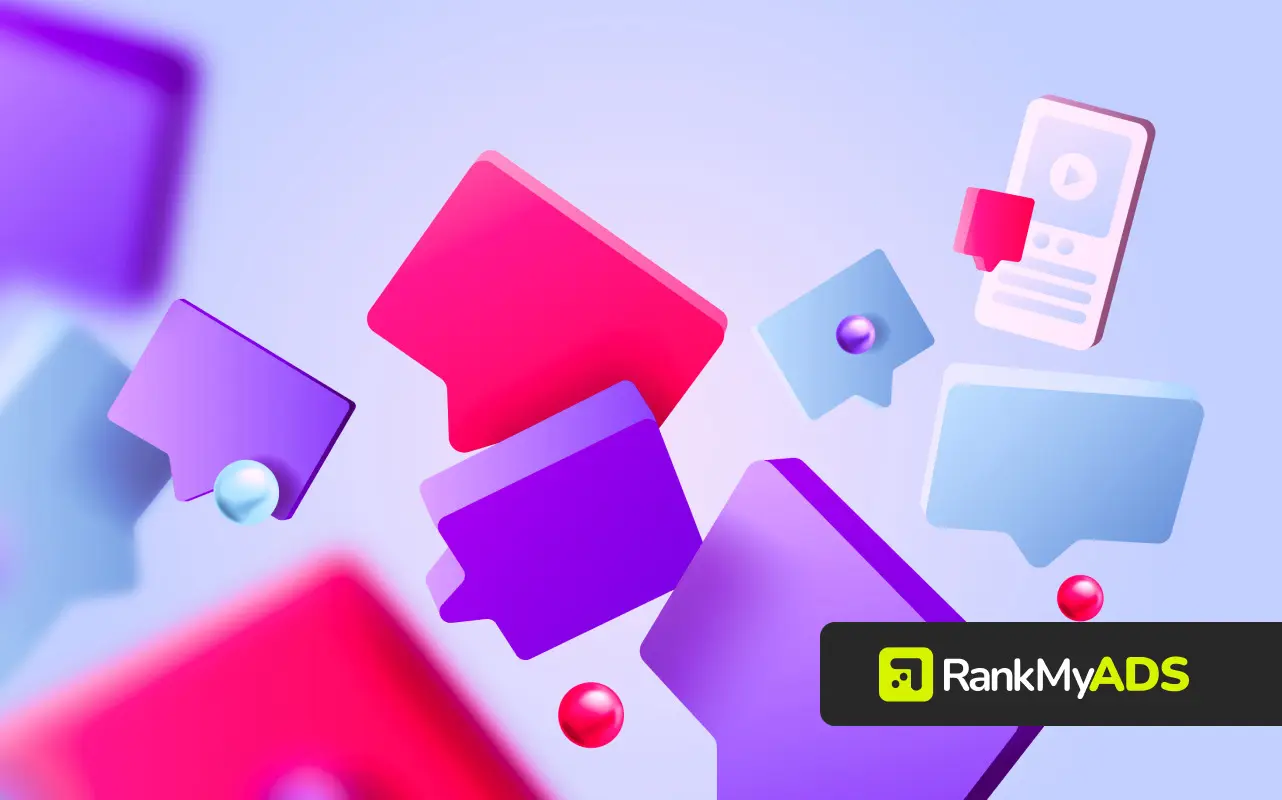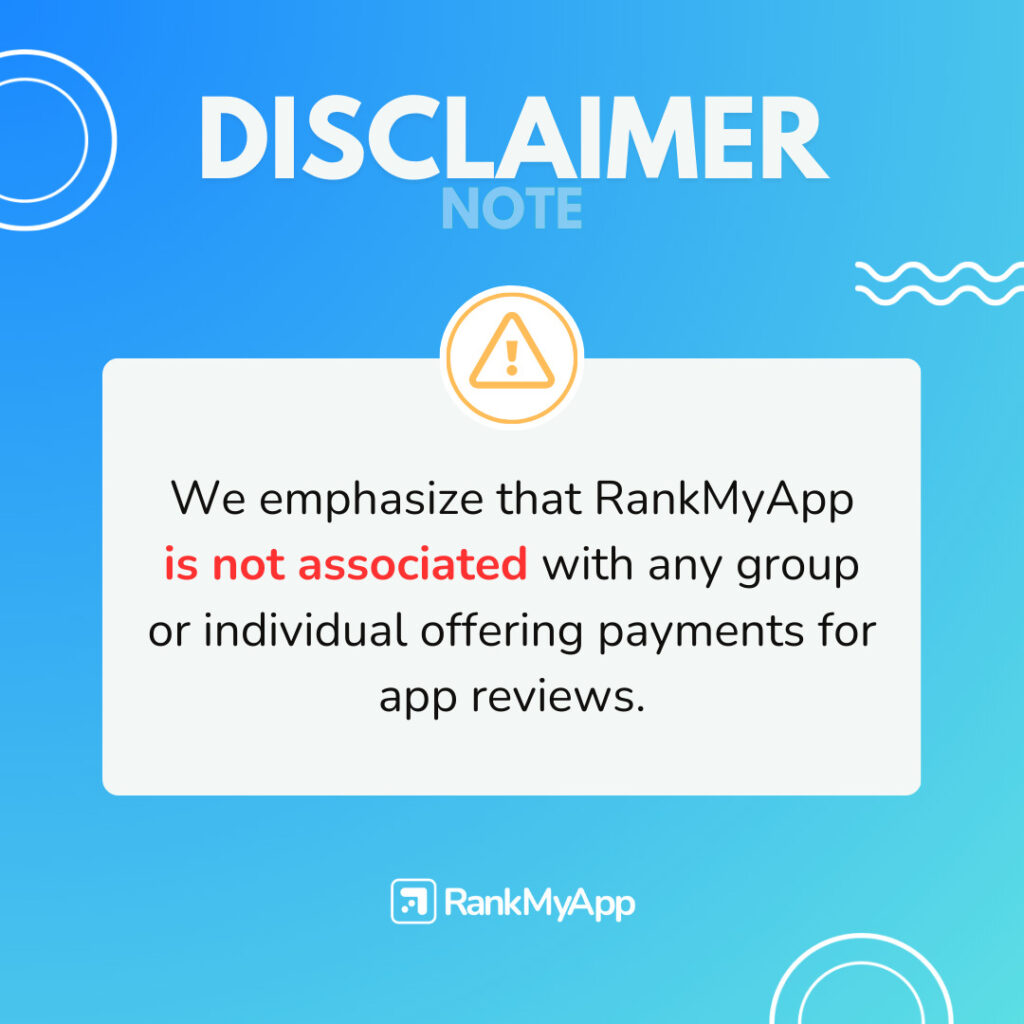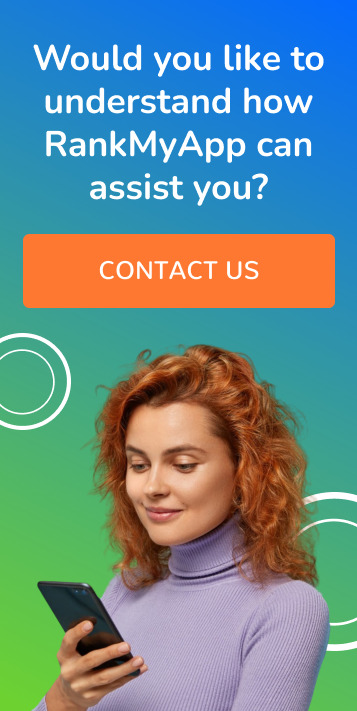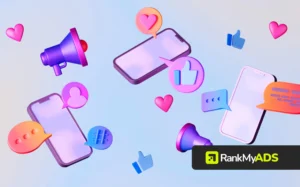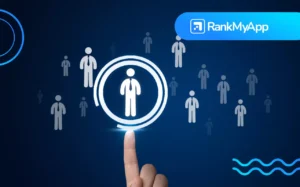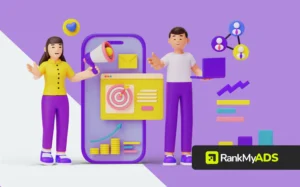In today’s hyper-connected world, digital marketing plays a key role in the success of companies of all sizes. To achieve significant results, brands need to use different types of media strategically, taking advantage of each one to impact their audience effectively. But do you know what these types of media are and how they can be used in your campaigns?
With consumers becoming increasingly connected and informed, relying on a single media strategy is not enough. Diversifying communication channels and applying different types of digital media is what allows a brand to be present at every stage of the customer’s buying journey. In this article, we’ll detail the main types of media and how they can be used to achieve better results.
Paid media: How ads boost your brand’s visibility
Paid media is one of the most direct and effective ways of reaching a targeted audience. It is any online advertising format in which the company pays to promote its products or services, such as Google Ads, Facebook Ads and website banners.
The benefits of paid media include the possibility of precise segmentation, budget control and clear measurement of results. For example, Google Ads campaigns allow you to appear at the top of searches for relevant keywords, while ads on social networks allow you to reach audiences with specific interests.
Owned media: Total control over your message
Owned media includes all the channels you control directly, such as your company website, blogs, social media profiles and your email marketing list. The main benefit of owned media is that you have total control over the content and positioning of your brand.
For example, with a well-structured, SEO-optimized blog, you can attract quality organic traffic to your website, educating and nurturing your leads along the sales funnel. The content you publish on these channels serves to strengthen your authority in the market, build trust and convert leads into customers.
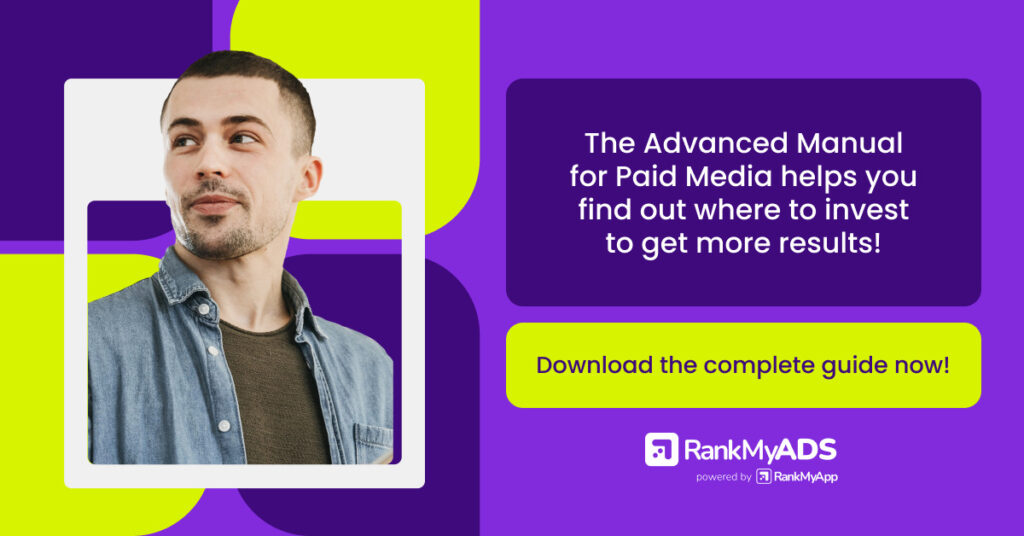
Earned media: The impact of digital word of mouth
Earned media refers to content generated by third parties, such as brand mentions on social networks, user reviews or reports about your company. This is one of the most powerful forms of media, as it is based on the recommendation of people who have no direct link to your brand, increasing credibility.
In Brazil, one of the most common forms of earned media is sharing posts by influencers on social networks. When an influencer speaks well of a product or service, this can boost visibility and sales, generating traffic and organic engagement.
Shared media: The power of collaboration
Shared media involves content that is distributed and shared on social networks through posts, retweets, likes and comments. Although it is often confused with earned media, shared media is more about the reach your brand gets from encouraging users to interact with your content.
For example, by creating viral campaigns or collaborative marketing actions, such as sweepstakes or challenges, you encourage your audience to share your messages, expanding your brand’s reach at no additional cost.
Social media: Connecting with your audience in real time
Social networks are one of the pillars of digital media. Platforms such as Facebook, Instagram, Twitter, LinkedIn and TikTok allow brands to create direct relationships with consumers. What’s more, these channels are extremely versatile and can be used for both paid media and owned and shared media.
A good social media strategy includes publishing relevant and engaging content, as well as interacting directly with the public through comments, messages and even live broadcasts.
Performance media: Continuous optimization for measurable results
Performance media is a digital advertising model where you pay based on the results obtained, such as clicks, leads or sales. It can be applied to various types of channels, such as Google Ads, Facebook Ads, display ads and affiliate ads.
The focus of performance media is constant optimization. Based on the data collected during the campaign, you can adjust your strategies to maximize ROI (return on investment) and ensure that you are achieving your objectives.
Programmatic media: Automation to reach the right audience at the right time
Programmatic media is an automated way of buying and selling online ads in real time. It uses artificial intelligence and data to show your ads to the right audience at the right time.
This type of media is especially effective for large-scale campaigns, allowing companies to reach a significant number of people with personalized and relevant messages. In addition, programmatic media allows for continuous optimization and real-time adjustments, increasing the efficiency of campaigns.
Native media: Natural integration with content
Native media refers to ads that integrate naturally with the content of a page or platform. These ads are less intrusive and generally offer direct value to the consumer, whether through sponsored articles, videos or product recommendations.
For example, a company can use native media on news portals to promote relevant content that doesn’t interrupt the user experience, but rather complements what they are already consuming.
Video advertising: Audiovisual content that generates a connection
Video advertising is one of the most effective types of media in digital marketing today. With the rise in popularity of platforms such as YouTube and TikTok, brands are increasingly investing in video content to capture the public’s attention.
Videos can be used in a variety of formats, from short 6-second ads to longer tutorial videos. This form of media is powerful because it is highly visual and generates an emotional engagement with the audience.
Remarketing: Recovering potential customers
Remarketing is a strategy that allows you to show ads to people who have already interacted with your website or campaigns, but have not converted. This form of media is highly effective in reminding users about products or services they have shown an interest in, encouraging them to come back and complete the conversion.
In Brazil, remarketing has been widely used by e-commerces and service platforms to increase conversion rates, especially in abandoned cart recovery campaigns.
How do you choose the right types of media for your strategy?
With so many options available, choosing the most suitable media types for your marketing strategy can seem challenging. However, the key is to combine different types of media in a strategic way, creating an omnichannel approach that reaches your consumers at various stages of the buying journey.
If you want to maximize the results of your campaigns, RankMyADS can help you develop an efficient and personalized performance media strategy for your business. Our focus is on optimizing your campaigns and ensuring that you achieve the results you want, always based on data and continuous optimization.
Want to understand how a performance media strategy can boost your campaigns? Talk to RankMyADS and find out how we can optimize your results at every stage of the marketing funnel!
